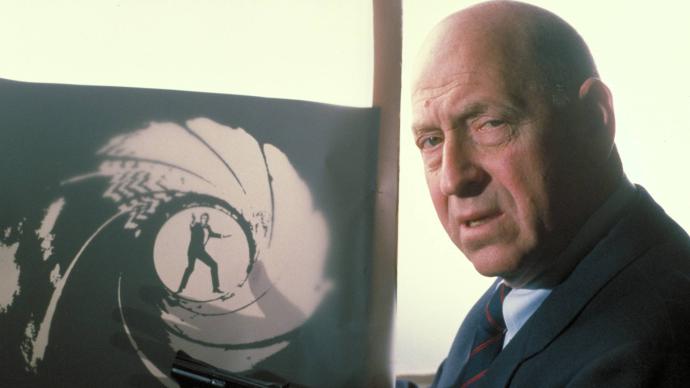
007, the longest-running commercial series in history, celebrates its 60th anniversary this year. In mid-April, cinema chains in England and Ireland have begun rolling back 4K versions of the past 25 Bond films. The festivities are expected to climax on October 5, "James Bond's birthday." At the same time, the "warm-up" articles on the official website of 007 Movies have already been arranged, and they have been released recently. On May 18, the headline article on the top news page was exactly: "Cycles - Dr. No's Dots: The Story Behind Maurice Binder's Opening Titles". 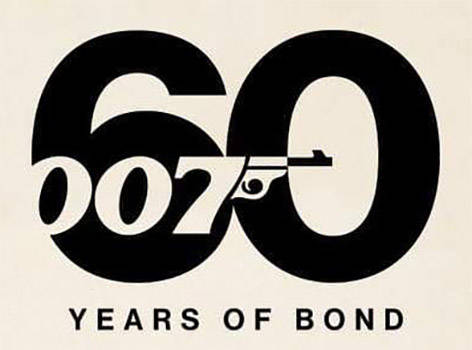
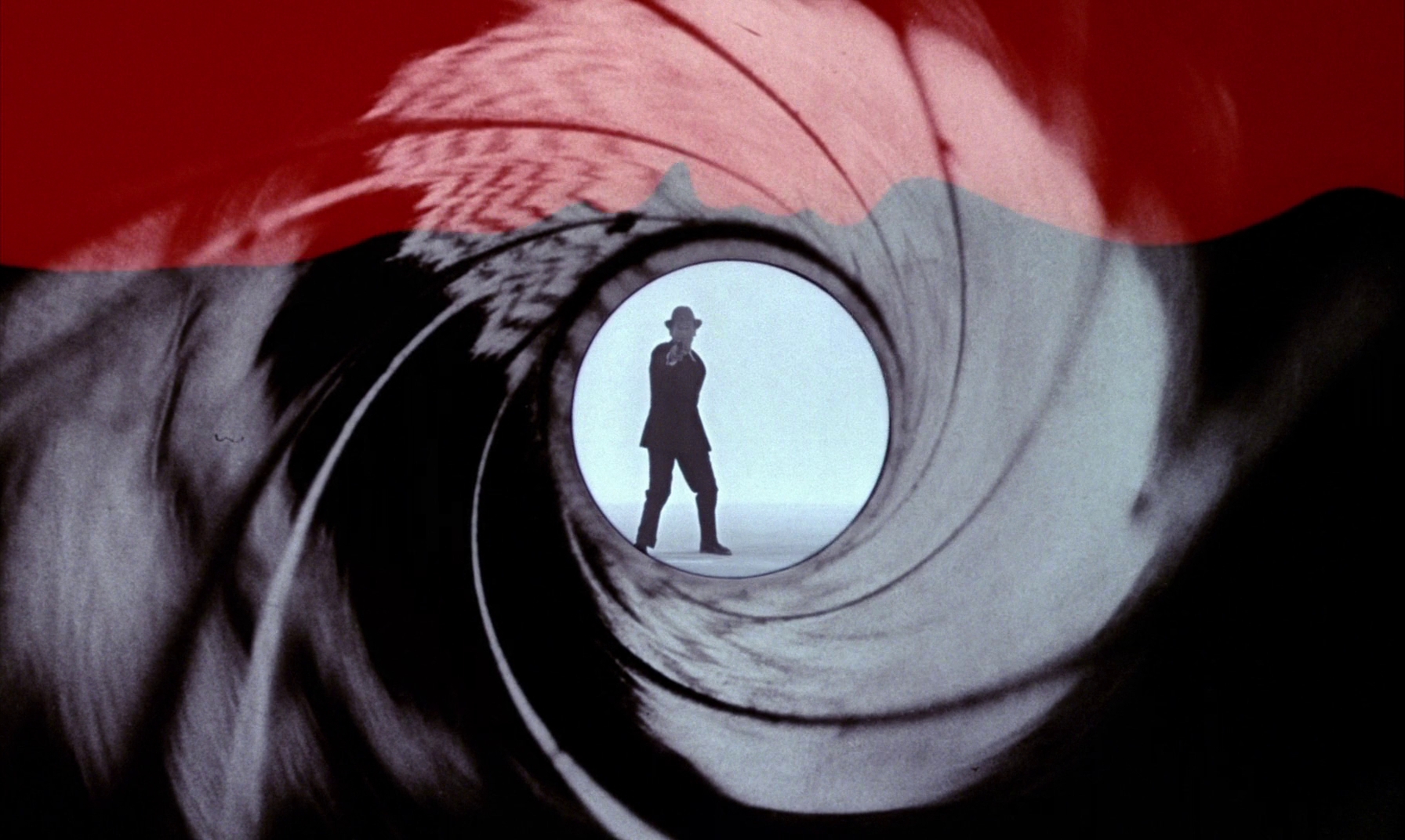
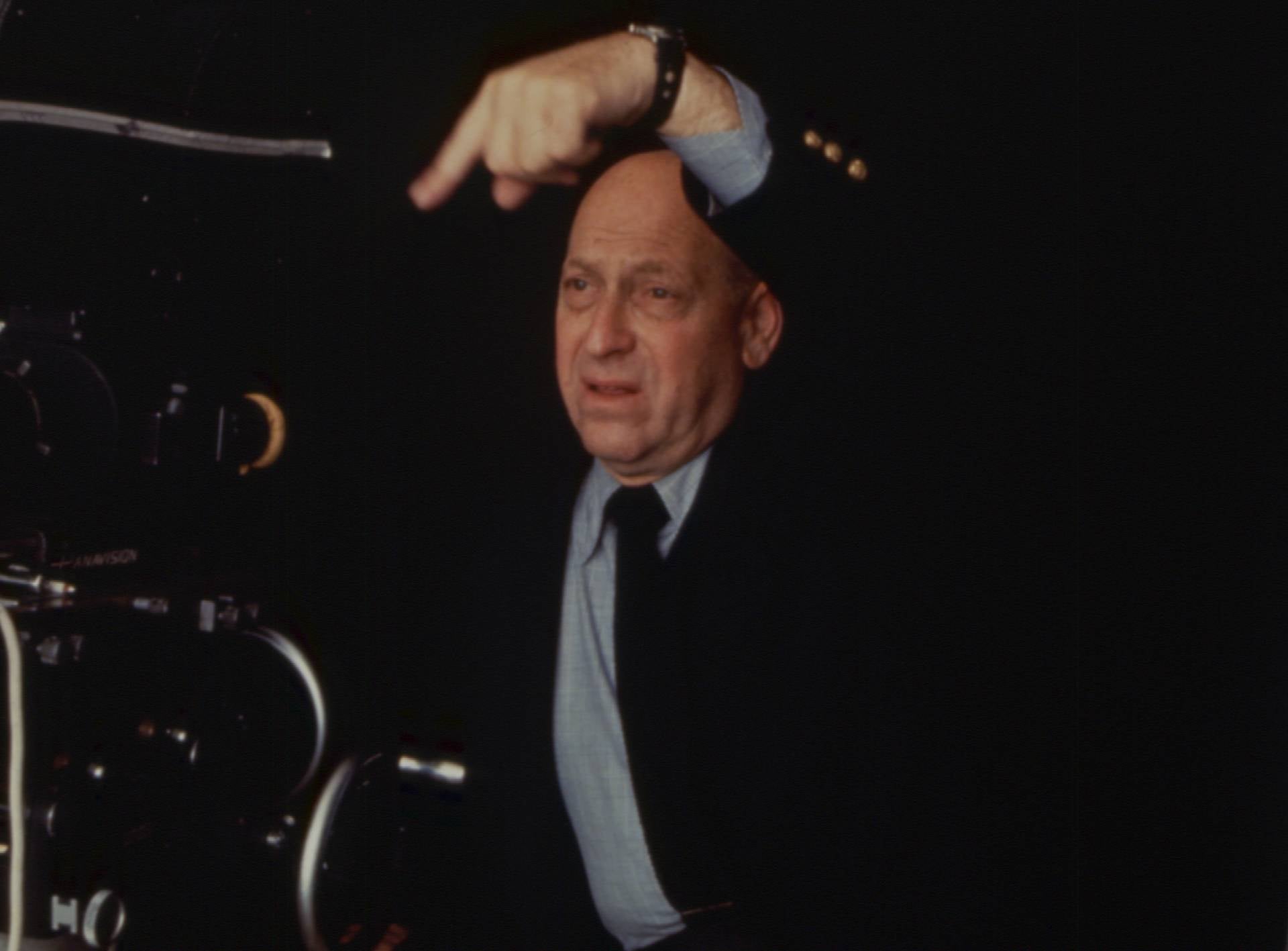
The style lasts forever, an inspiration from the "dragging master"
Maurice Binder, a native of New York, has his birthday and Sean Connery, the first James Bond star, on August 25. As a visual designer, Binder's early work included designing advertisements and catalog pages for Macy's. During World War II, he worked at Universal Studios, then became the West Coast art director of Columbia Pictures, and was active in the title design of several Hollywood films after the war.
In 1960, at the premiere of the romantic comedy "Green Garden Chunnong" starring Cary Grant (who was also one of the 007 film draft candidates, one of Bond's candidates), Binder and the later 007 film production The filmmakers Harry Salzman and Albert Brockley met very well, and were immediately invited to participate in the filming of the first Bond film "Dr. No".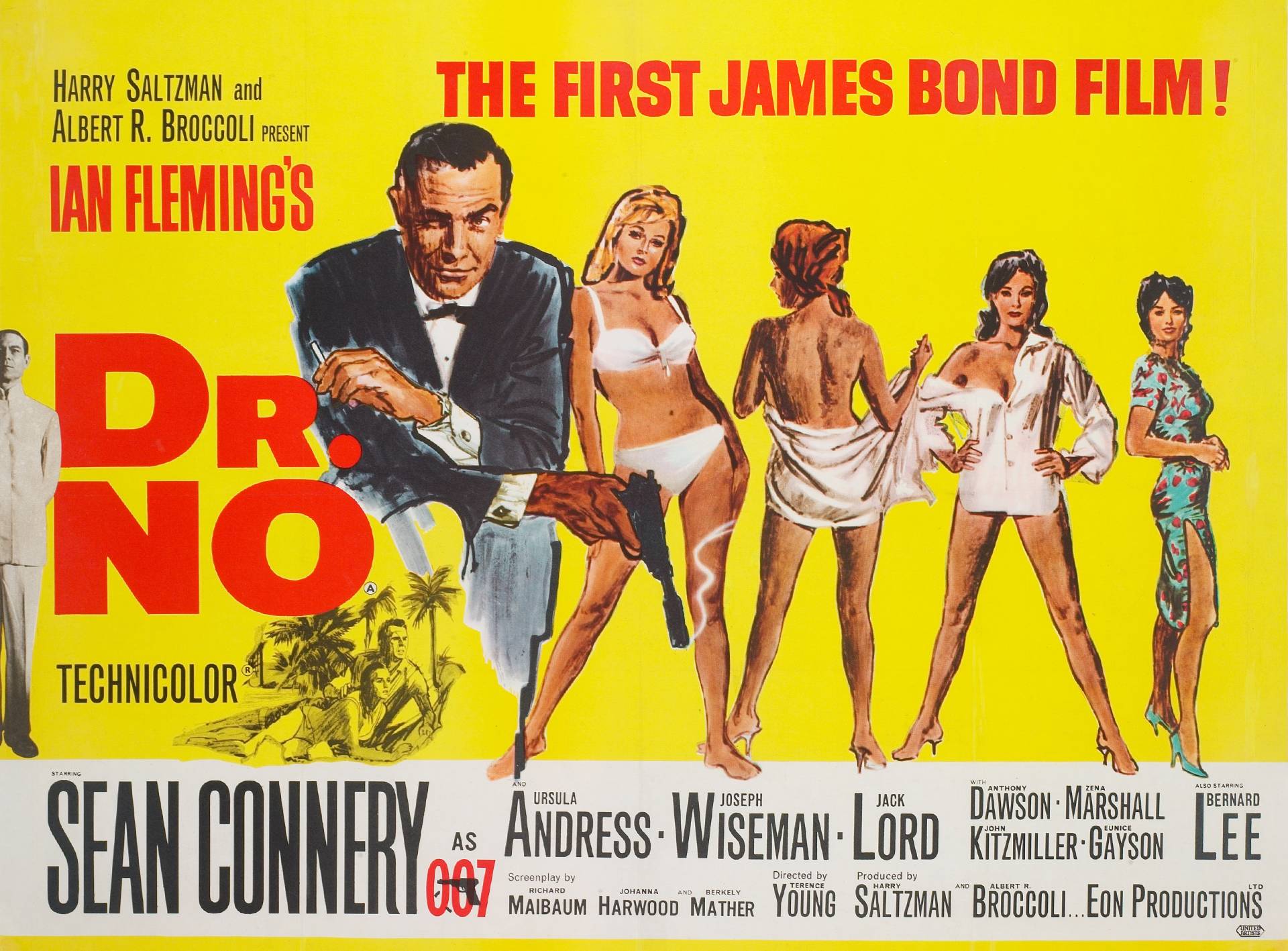
Binder later recalled that 20 minutes before the first writing session for "Dr. No," he got the attention of the muse. "I happened to have some white circular price tag stickers on hand, and I wanted to use them as bullet holes on the screen when the gunshots went off." He said that his idea was to use footage of the barrel to show that 007 was A Wanted Criminal: Lives the days of hunting down the fugitive, always within someone's sight. "I did a storyboard for about 20 minutes, and producers Harry and Bullock looked at it and said, 'This looks amazing!'"
The two producers were keen to give "Dr. No" a well-timed and weighty opening title. Binder's talent was at work, and he responded by using silhouettes and animations to accentuate the film's themes. On the Pinewood set, it took him hours to film it—in addition to animating the rolling white circles, he even got a real gun and made a pinhole to create the swirl window that frames Bond's appearance in the title sequence. The camera sticks into the barrel to focus, creating a unique rifling perspective. This technique was subsequently picked up in every 007 film, resulting in the classic appearance of Bond on the big screen.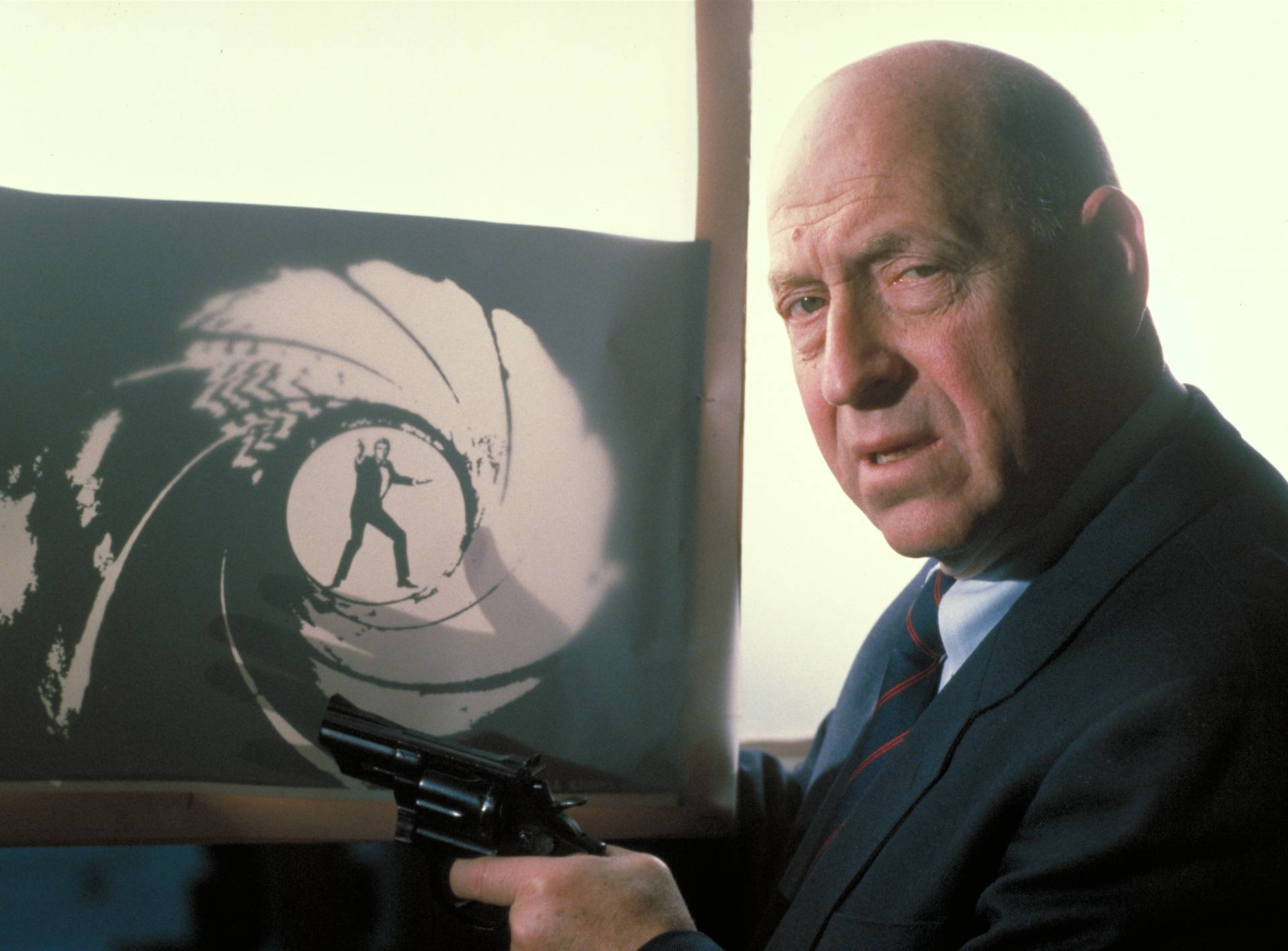
Talent is close to the body, so it is better to turn against customers. Maurice Binder is known in the industry for "pulling drafts" to the last minute. The story of his love-hate relationship with producers is "innumerable" and can be described in another chapter. In this regard, 007's third actor Roger Moore once quipped, "I often say that when they [producers] leave Morris' studio, these titles are still wet - usually at the premiere. The night before. Morris made up his mind that he would never succumb to anyone's interference, and I think that's why he always drags on to the end--it's all in a hurry, who has time for him to revise it? "
Polka dot elements, hook sinking the fashion trend of the 1960s
Throughout the 60-year history of the Bond series, white polka dots and rifled windows have always been around. Except in 2006, the fifth Bond actor Daniel Craig took over the "licence to kill" for the first time, and the "Casino Royale" starring him may want to start a new design in the title - but the producer then realized this was a mistake, and revisited at the end credits of the next episode of Quantum of Solace.
Rao is the 007 movie starring Craig, which greatly emphasizes the extreme action elements that are similar to the difficulty of "parkour". He still believes that this sequence of gun barrels, which lasts less than ten seconds, is himself on the set. The most stressful event except for the roof jumping and the rolling car. "After the first shot, everyone felt that they didn't grasp the feeling at all, so I shot it again. I just thought: I must get this done, be full of energy, and do my best."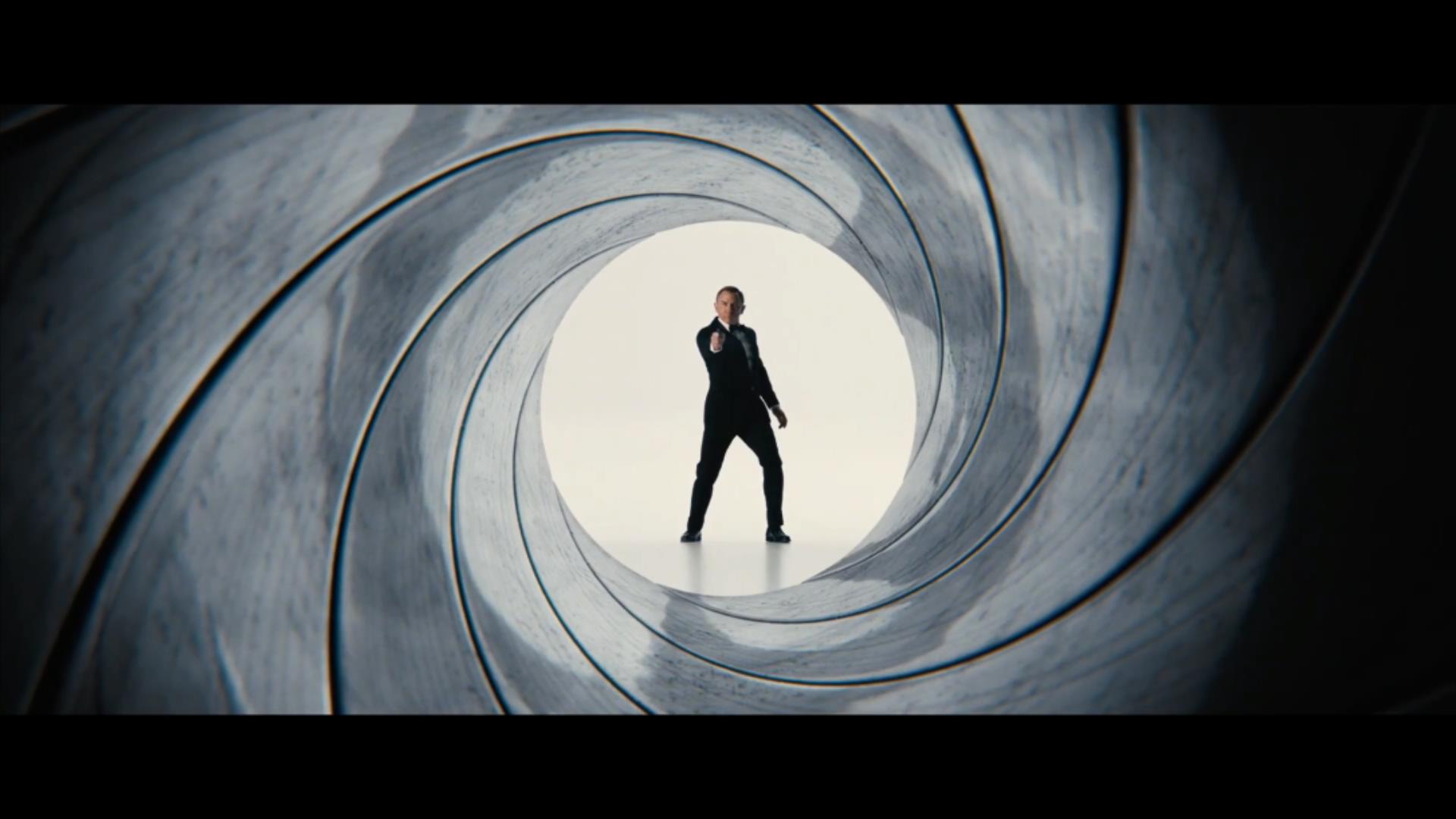
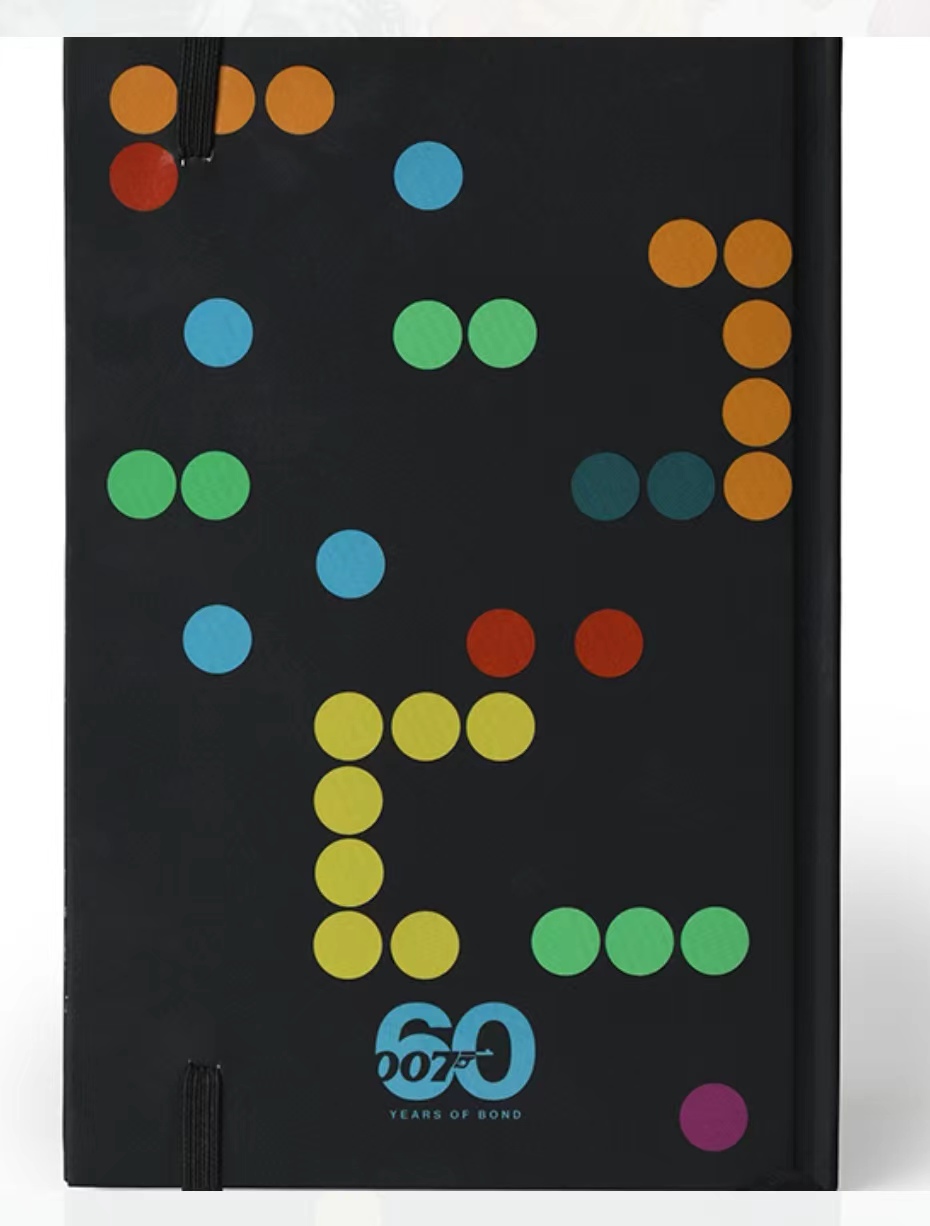
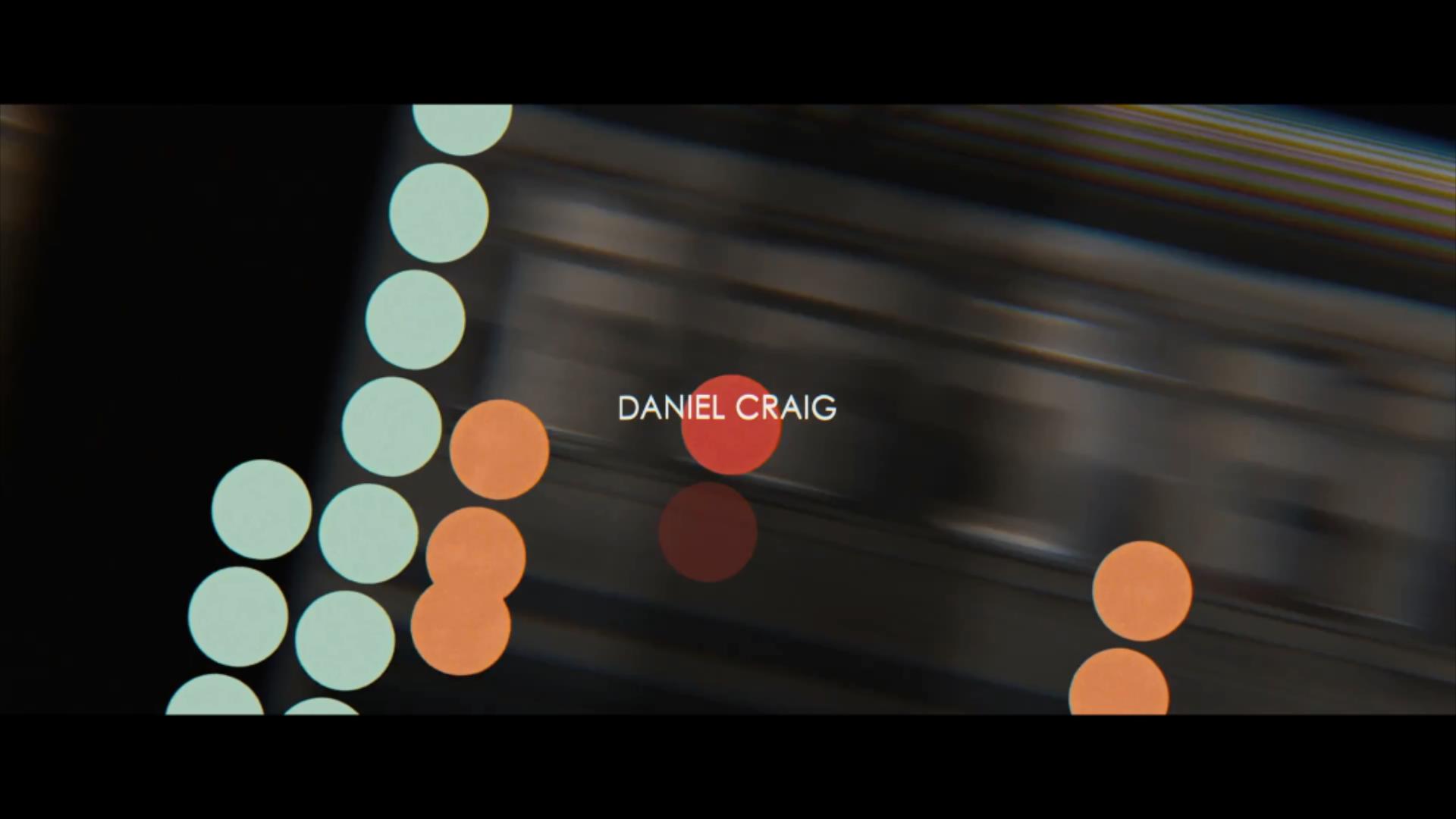
Undoubtedly, Binder captured the '60s fashion, the Polka Dot, on the big screen. Polka originally refers to a cheerful dance popular in Eastern Europe (polka-dot national costumes worn by polka dancers). In the mid-19th century, with the development of textile technology and the migration of Eastern European peoples to the United States, the term "Polka Dot" began to appear. And formed the well-known polka dot printing pattern, which has become a classic part of fashion history.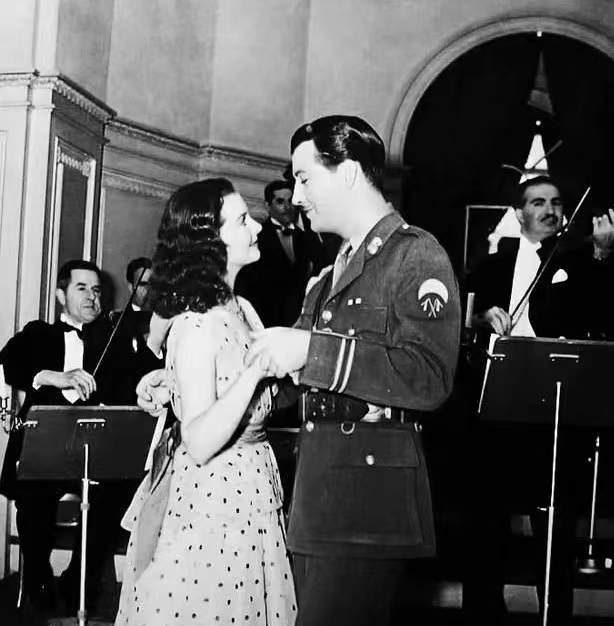
Some film critics have pointed out that the idea of Bond firing at the audience in the 007 film title was inherited from the earliest Western film "The Great Train Robbery" (The Great Train Robbery 1903). And the "sense of humour" that the producer talks about clearly comes from the "scrutiny" from a male perspective - like Bond, Binder is undoubtedly a beauty lover. It is one of his signatures.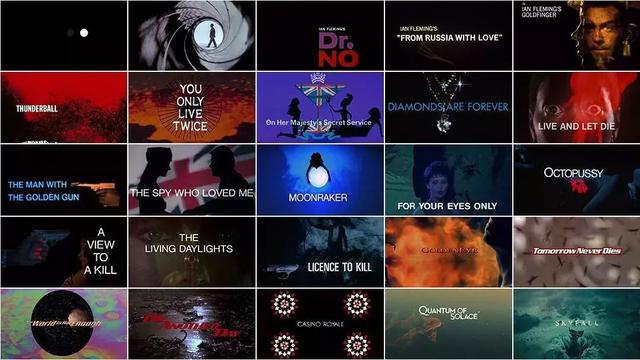

007 series movie 60th anniversary poster
No need to read the article, for fans of 007 movies, when you close your eyes, a familiar picture will automatically appear in your mind: a lion roar, and the classic MGM logo appears. Immediately, accompanied by the electronic band, the "Bond Overture" played in unison by the trumpet, horn, trombone, saxophone and saxophone, two huge white polka dots overlapped and flashed to the other end from the upper right of the black curtain. Bond, dressed in a formal suit, walked out of the window framed by the rifle. He turned around suddenly, raised his gun and shot at the audience in front of the big screen, bang! A piece of blood red is dyed from the top... The good show begins.
The opening of the first 007 film "Dr. No", Bond (the person in the picture is not Sean Connery, but his stuntman Ben Simmons) appeared in the swirl window of the barrel, shooting the classic look at the audience
60 years a Jiazi, is also a cycle. As for this top article on the 007 official website, the title first captures the meaning of the "cycle" of this Daqing, which shows that the same goal is achieved by different paths, and the road is not far away. Speaking of which, the sign of the signifier (the above-mentioned title that imprints people's hearts) is accompanied by the meaning itself (60 years, 25 007 films), so that the 007 series of films, together with everything it involves, has already become a global phenomenon. The culture exists, and the popularity continues to this day.
Maurice Binder on set
As the title designer of the first 007 film "Dr. No" (1962), Maurice Binder (1925-1991) set the tone and rhythm for the entire series of films, which is still in use to this day.The style lasts forever, an inspiration from the "dragging master"
Maurice Binder, a native of New York, has his birthday and Sean Connery, the first James Bond star, on August 25. As a visual designer, Binder's early work included designing advertisements and catalog pages for Macy's. During World War II, he worked at Universal Studios, then became the West Coast art director of Columbia Pictures, and was active in the title design of several Hollywood films after the war.
In 1960, at the premiere of the romantic comedy "Green Garden Chunnong" starring Cary Grant (who was also one of the 007 film draft candidates, one of Bond's candidates), Binder and the later 007 film production The filmmakers Harry Salzman and Albert Brockley met very well, and were immediately invited to participate in the filming of the first Bond film "Dr. No".

Movie poster for the UK premiere of Dr No on 6 October 1962
As soon as the golden wind and jade dew meet, they will win but there are countless people in the world. No one could have imagined that Binder's unique style title for the 007 film would later be highly regarded and become the object of imitation in the industry.Binder later recalled that 20 minutes before the first writing session for "Dr. No," he got the attention of the muse. "I happened to have some white circular price tag stickers on hand, and I wanted to use them as bullet holes on the screen when the gunshots went off." He said that his idea was to use footage of the barrel to show that 007 was A Wanted Criminal: Lives the days of hunting down the fugitive, always within someone's sight. "I did a storyboard for about 20 minutes, and producers Harry and Bullock looked at it and said, 'This looks amazing!'"
The two producers were keen to give "Dr. No" a well-timed and weighty opening title. Binder's talent was at work, and he responded by using silhouettes and animations to accentuate the film's themes. On the Pinewood set, it took him hours to film it—in addition to animating the rolling white circles, he even got a real gun and made a pinhole to create the swirl window that frames Bond's appearance in the title sequence. The camera sticks into the barrel to focus, creating a unique rifling perspective. This technique was subsequently picked up in every 007 film, resulting in the classic appearance of Bond on the big screen.

Maurice Binder and his 007 movie title
The whirlpool window is reminiscent of 007's identity as a special agent who "puts the pistol under the pillow when he sleeps", and it also seems that he is being secretly photographed, and the camera shutter is pressed for the next moment to freeze the image. Both horizontal and vertical match and highlight his surly espionage career and film grandeur. Producer Brockley later likened the classic title sequence to a giant emotional metronome. "As soon as it appears, the audience's pulse jumps instantly. The subtitle sequence that follows usually takes no longer than two and a half minutes. . . and that's what defines the visual impact and lighthearted sense of humor that Bond films have."Talent is close to the body, so it is better to turn against customers. Maurice Binder is known in the industry for "pulling drafts" to the last minute. The story of his love-hate relationship with producers is "innumerable" and can be described in another chapter. In this regard, 007's third actor Roger Moore once quipped, "I often say that when they [producers] leave Morris' studio, these titles are still wet - usually at the premiere. The night before. Morris made up his mind that he would never succumb to anyone's interference, and I think that's why he always drags on to the end--it's all in a hurry, who has time for him to revise it? "

Maurice Binder on set with 007 actor Roger Moore (left)
Maurice Binder died of lung cancer in 1991, which can be said to have accompanied the 007 movies in the Cold War years. He only in "From Russia" (1963), "Goldfinger" (1964) two, violating the film's title production. Since 1995, the fifth Bond actor Pierce Brosnan starred in the first 007 film "GoldenEye", Daniel Kleinman (Daniel Kleinman) succeeded Binder as the visual designer of the series of film titles.Polka dot elements, hook sinking the fashion trend of the 1960s
Throughout the 60-year history of the Bond series, white polka dots and rifled windows have always been around. Except in 2006, the fifth Bond actor Daniel Craig took over the "licence to kill" for the first time, and the "Casino Royale" starring him may want to start a new design in the title - but the producer then realized this was a mistake, and revisited at the end credits of the next episode of Quantum of Solace.
Rao is the 007 movie starring Craig, which greatly emphasizes the extreme action elements that are similar to the difficulty of "parkour". He still believes that this sequence of gun barrels, which lasts less than ten seconds, is himself on the set. The most stressful event except for the roof jumping and the rolling car. "After the first shot, everyone felt that they didn't grasp the feeling at all, so I shot it again. I just thought: I must get this done, be full of energy, and do my best."

Daniel Craig in the opening shot of the barrel swirl in 'No Time to Die'
Last year, in Daniel Craig's outgoing work "No Time to Die", the tributes to the past were all pitched, and the title was "brewed in the ancient way" - except for the film's distributor Universal Pictures. In the logo of the industry, the "ball" is directly generalized to flashing white dots, and a large number of Morandi colored dots are used in the opening subtitles, which obviously echoes the 1962 "Dr. colorful bright spots.
"Dr. No" style polka dots
Daniel Kleiman explains on this, "The opening of the title with 'Dr. No' style dots is a nod to the past. Although my dots are now more complex than the original ones made by Maurice Binder Some. Technology allows me to make them fly around and blow them away and do things that Morris couldn't do at the time, but they still deliberately look like those polka dots. I'm excited to repeat that." Also by Tradition The photo masking of the photo was turned into computer animation, showing more subtle changes in light and shadow, but still maintaining the classic characteristics of the barrel fragment.
The 25th 007 film "No Time to Die" to be released in 2021 pays tribute to the first work "Dr. Nuo" in the title: the same color wave elements
Looking back on the initial days of the 007 film, Binder's treatment of the title of "Dr. No" is undoubtedly abstract: colorful dots flashed constantly, and changed shapes and positions to combine into various patterns, presenting a kaleidoscope to the audience. Dazzling dizziness. The film is also brimming with bright colors as a whole—from character Clow (played by John Chizmiller, best known for his Uncle Tom's Cabin scarlet T-shirt, to Bond's rolled-up blue The trousers are reflected.Undoubtedly, Binder captured the '60s fashion, the Polka Dot, on the big screen. Polka originally refers to a cheerful dance popular in Eastern Europe (polka-dot national costumes worn by polka dancers). In the mid-19th century, with the development of textile technology and the migration of Eastern European peoples to the United States, the term "Polka Dot" began to appear. And formed the well-known polka dot printing pattern, which has become a classic part of fashion history.

"Soul Broken Blue Bridge" stills
And projected on the big screen, no matter it was in 1928, with an accidental spilling of ink by Walt Disney, the first polka dot idol in history - Minnie Mouse was born! Or in "Blue Bridge" (1940), Vivien Leigh's light polka-dot dress can be seen in such charming. In the 1950s and 1960s, with the popularity of pop art and op art, polka dots began to become popular in fashion. In the film "The Seven Year Itch" (1955), Marilyn Monroe's impressive figure was covered in a polka-dot swimsuit. In "Dragon and Phoenix" (1954), Audrey Hepburn used a high-waisted polka-dot dress with a black round-neck bottoming shirt to set off the elegance of a slender gooseneck.Some film critics have pointed out that the idea of Bond firing at the audience in the 007 film title was inherited from the earliest Western film "The Great Train Robbery" (The Great Train Robbery 1903). And the "sense of humour" that the producer talks about clearly comes from the "scrutiny" from a male perspective - like Bond, Binder is undoubtedly a beauty lover. It is one of his signatures.

007 movie title summary
Related Posts